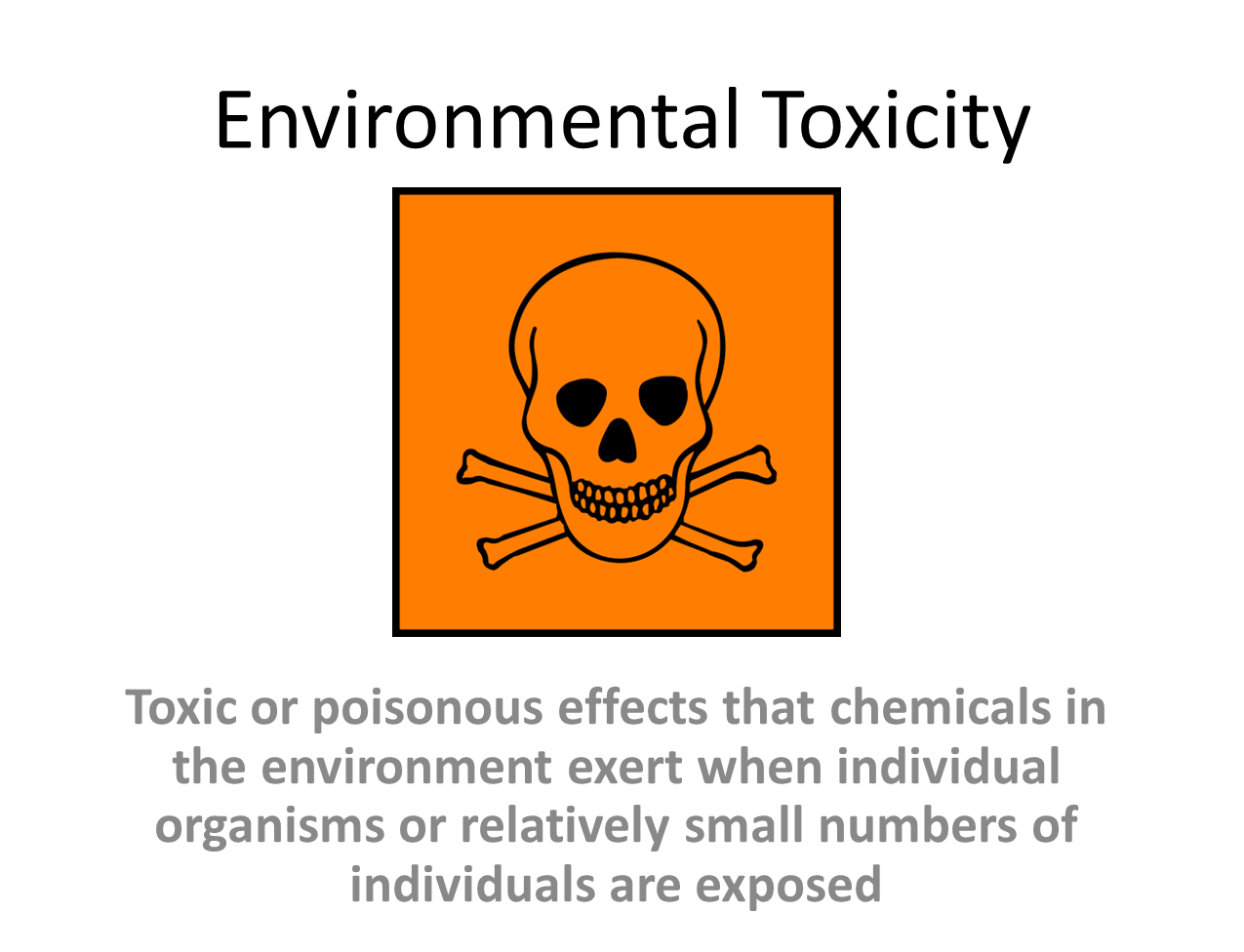Week 12 - Materials
1. Assessing Green Buildings
1.3. Construction & Building Materials
 One of the issues with our ever-expanding use of chemicals is the identification of "safe" alternatives. Since 1930's, more than 100 000 new chemical compounds have been developed and insufficient information exists for health assessments of 95% of chemicals in the environment (World Watch Institute, 1998). In addition to this, there are approximately 80 000 chemical substances and technical mixes produced globally (each of which produces 5+ by-products). Of these chemicals, only 3000 have been studied for effects on living systems.
One of the issues with our ever-expanding use of chemicals is the identification of "safe" alternatives. Since 1930's, more than 100 000 new chemical compounds have been developed and insufficient information exists for health assessments of 95% of chemicals in the environment (World Watch Institute, 1998). In addition to this, there are approximately 80 000 chemical substances and technical mixes produced globally (each of which produces 5+ by-products). Of these chemicals, only 3000 have been studied for effects on living systems.
Here is an example of how alternatives may not always be the safe option. In 2005, the European Union (EU) banned the use of asbestos from brake pads in cars. As a result, many companies, including Ford and Volkswagen, replaced the asbestos with antimony sulphide (Sb2S3). NOAEL for asbestos in rats (oral) for 15 months exposure time is 2500 mg/kg/d whereas over just a 10 day period, the NOAEL for rats (oral) for Sb2S3 is 273 mg/kg/d. From this data, which of the compounds do you think is the safe alternative ? These and many other environmental issues are discussed in the book "Cradle to Cradle, re-making the way we make things " by Braungart and McDonough, highly recommended reading for this course.
When considering materials for use in the building industry, it is important to address both the toxicity during production and disposal of the material. Dioxins and furans are two types of chemical compounds which are common by-products of many industrial processes which evolve chlorine. These organic compounds are both highly toxic and are able to bioaccumulate within biota. Research undertaken on dolphins in the North Pacific Ocean discovered levels of dioxins and furans between 13-37 million times higher than those found in seawater (Thorton, 2000)
